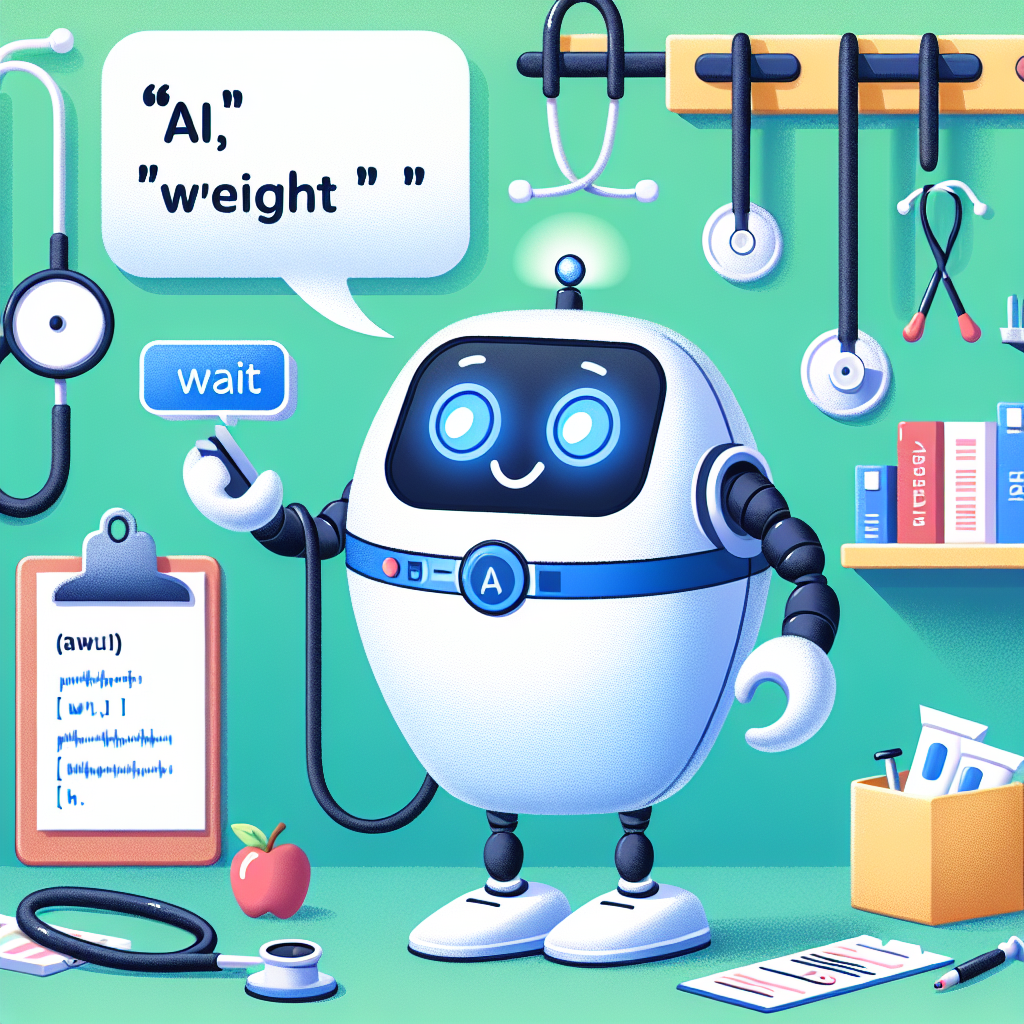Hospitals Embrace OpenAI’s Fantasizing Transcription Tool Despite its Imaginative Tendencies

“OpenAI’s Transcription Tool Hallucinates. Hospitals Are Using It Anyway”
“As artificial intelligence models are fed more and more data, they sometimes produce what’s known as “hallucinations.” They see patterns and correlations where none exist. The Abridge machine learning model, for example, hallucinated a “weight” entry when a patient actually said “wait.” – WIRED
Artificial intelligence (AI) is like that friend who can’t help but see connections in everything, no matter how nonsensical they are. “Wait, did you say wait, or did you really mean weight?” is just a typical day at the office for AI in hospitals.
AI transcription tools are great when they work, but what happens when they don’t quite catch everything correctly? Suddenly, your perfectly harmless conversation about waiting for your coffee to cool down sounds to the AI like a cryptic discussion about your fluctuating weight.
The problem lies in a phenomenon called “hallucinations,” which is exactly as trippy as it sounds. This particular kind of confusion is not due to a lack of caffeine or a bad trip, but results from feeding too much data to your AI friend. The AI, in its quest to make connections (because that’s what it’s been trained to do), sees patterns where none really exist. It’s like trying to find a hidden meaning in a Jackson Pollock painting; it’s just splashes of color, folks!
These AI ghosts, as we’d like to playfully call them, lead to quite a few cross wires. Add in the technical language and unique characteristics of healthcare data, and it’s no wonder the AIs are seeing unicorns in clouds.
What’s baffling isn’t the existence of these hallucinations alone, but their dangerous potential in high-stakes environments such as healthcare. In this setting, an incorrect inference can lead to an incorrect diagnosis, which can negatively impact a patient’s life and wellbeing.
But hey, let’s cut these AIs some slack. They’re out here learning and hallucinating on their own, fueled by endless amounts of data. They weren’t developed to interpret our cryptic human ways; they were designed to find patterns.
Yet, this reminds all of us immersed in the tech world that perfect accuracy in AI models is a long journey, riddled with unseen speedbumps. It’s prudent to keep the seatbelts fastened and brace for turbulence while traversing the path of advanced healthcare tools driven by AI.
So next time, when your AI transcription tool asks you to clarify whether you meant ‘wait’ or ‘weight’, take a second to appreciate the hilarity of the situation. AI hallucinations might be making things a bit tricky but remember – it’s all in the name of progress.
